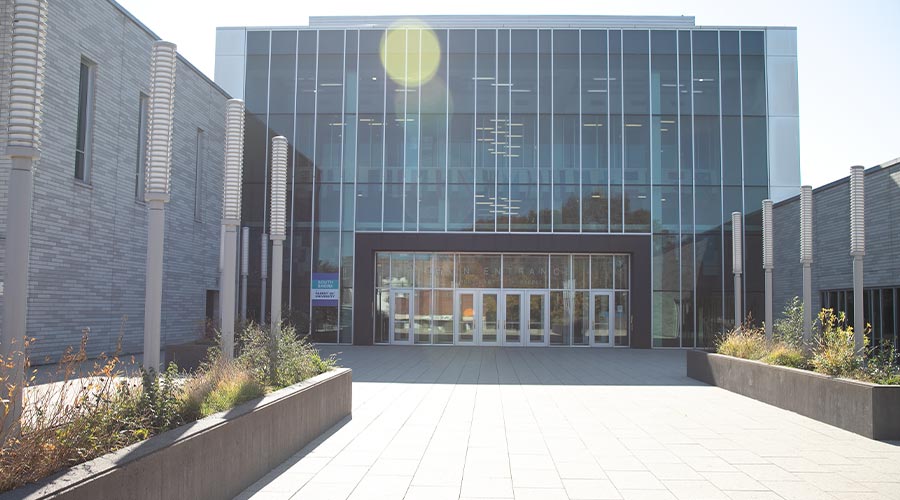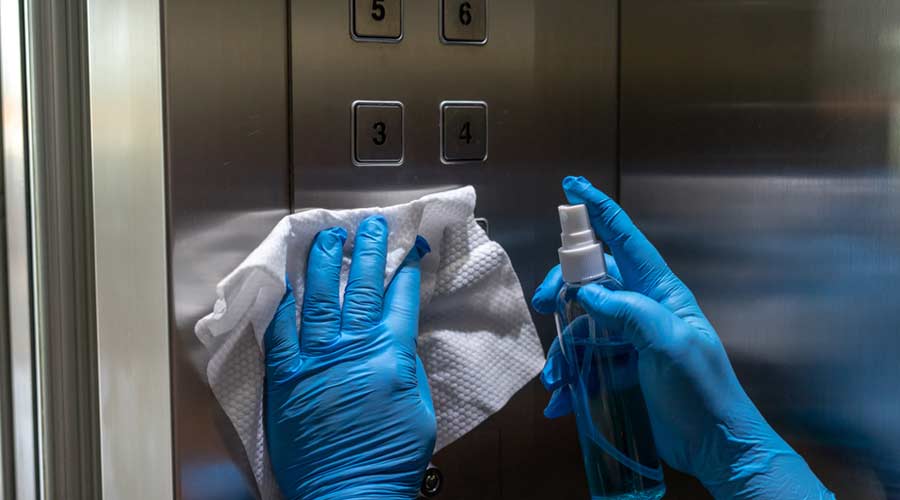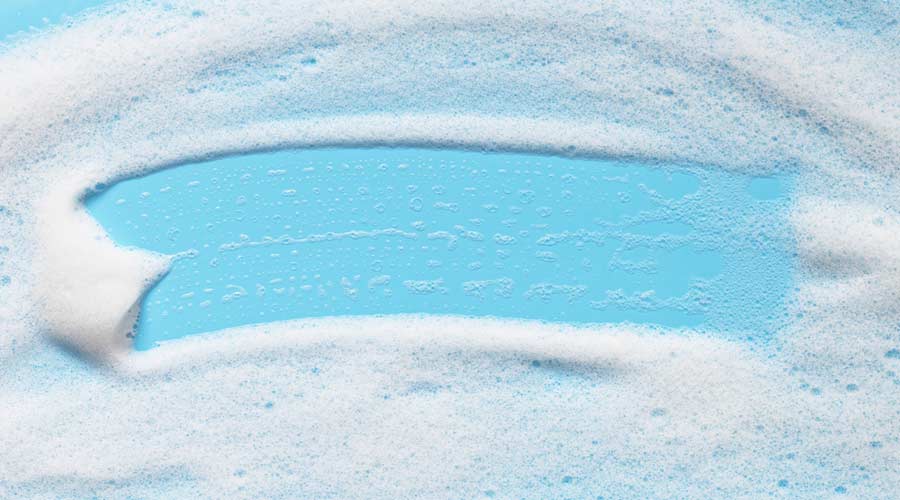
For more than a decade, Chicago Public Schools (CPS) has relied on a building service contractor to maintain its 800-plus buildings spanning approximately 62 million square feet. However, outsourcing the entire cleaning operation — and the management thereof — did not always yield the desired results: Concerns about poor management, inconsistent cleaning, and mismanaged supplies led CPS to propose a return to in-house cleaning.
According to Ivan Hansen, chief facilities officer of Chicago Public Schools, regaining in-house management of custodians would give CPS the flexibility to address fluctuating cleaning concerns and prioritize accordingly. With these goals at the forefront, the country’s fourth largest school district was ripe for change.
“Contractors are in the business of making money, so they want to stick to their tasks,” says Hansen. “But when you have 1,200 kids in a building, you might have a kid that’s sick or you might get snow, so you have to have flexibility to pull custodians from one task to address another.”
In 2024, the school district’s proposal for in-house teams was approved, and CPS began the transition to 50 percent in-house custodians and 50 percent contract custodians with new vendors. The switch took approximately nine months and included a period of overlap with the previous contract cleaning company.
Under the new agreement, contract custodians work the afternoon and evening shifts when the buildings are empty. This allows them to follow a set task list that includes emptying trash, mopping floors, and wiping down surfaces.
In contrast, in-house CPS custodians work the day shift, responding and adapting to the needs of CPS staff and students. One of the upshots of this arrangement is school principals now have more of a say in directing custodians when needed.
Hansen shares that working alongside principals, teachers, and security guards has had a positive impact, not only on CPS custodians but on school staff.
“Everyone’s singing from the same hymnal about what needs to happen during the course of the day,” he says. “They get to know each other, and they’re a family.”
Buy-in From Stakeholders
During initial conversations about transitioning to in-house cleaning, CPS worked closely with its partners in the union to make sure that their visions aligned. Service Employees International Union (SEIU) Local 73 represents CPS janitors while Local 1 represents privatized custodians.
One of the topics on the table was pay rates. According to Hansen, the district wanted to raise in-house custodians’ wages, which were lower than privatized custodians. After union negotiations, CPS was able to achieve that goal. The contract with SEIU Local 73 pays custodial workers a starting wage of $20.15/hour, which is higher than the privatized custodians with SEIU Local 1.
Having received the union’s support, CPS began talks with educational leaders and school staff to address their pain points. Stakeholders needed reassurance that the transition would result in better service, functional equipment and sufficient supplies. School staff also wanted a voice in day-to-day operations.
“We talked about the process and explained that facilities and custodial field leads (FCFLs) would belong to CPS and report to us on a daily basis,” says Hansen. “That was very well received because the schools wanted better control to fill vacancies and put people in jobs where they’re needed for that day.”
Oversight and Training
No doubt, transitioning the fourth largest school district to in-house cleaning services would be a huge undertaking. To begin moving forward, CPS categorized its concerns to identify trends and focus on improvements.
“We broke it into buckets and looked at what our biggest angst was with the current situation,” Hansen explains. “One was oversight; putting workers where we needed them. Two was equipment and supplies, and three was training.”
Prior to the transition, filling custodial vacancies and absences was under the contractor’s purview. To bring management and scheduling of employees back in-house, the district budgeted for 52 FCFLs.
“Our FCFLs are responsible for the day-to-day operations in the field, overseeing the facility staff and custodians in the buildings,” says Hansen. “Now, supervisors can fill vacancies, cover call-offs and vacations, and we’re all on the same page.”
Additionally, CPS has better oversight of its rovers, allowing the district to respond to and prioritize requests promptly.
“We want to be proactive instead of reactive,” says Hansen. “If we know we’re going to be short of custodians, we can tell the school you may be short a person on Monday, but we’re going to bring in people over the weekend to make sure that floor care is done.”
Bringing employee supervision back in-house has also allowed CPS to enforce consistent disciplinary action and standardize training for all custodians — whether they are in-house or under contract. The move satisfies the unions’ objectives of fair and equal treatment for all employees.
To ensure consistent cleaning outcomes, CPS brought all custodians in over the summer for a month-long training program. Additionally, new hires undergo the same training before setting foot in a school. Now, every summer custodians attend a two-week training session to ensure that cleaning tasks, such as stripping floors, are performed consistently throughout the district.
While standardized training has been met with success, Hansen admits that recruiting and retaining workers is an ongoing challenge.
“Right now, we’re at six vacancies, but next week it could be 37 vacancies, so there’s a lot of ebb and flow,” he says.
Fortunately, the facilities department has a strong human resources team responsible for recruiting, hiring and on-boarding new employees, according to Hansen. Furthermore, the district is actively involved in monthly hiring events citywide to boost recruitment efforts.
District Streamlines Cleaning Efficiencies for the Future

 The Down and Dirty on Cleaning in Virus Season
The Down and Dirty on Cleaning in Virus Season How Surfactant Use is Expanding in Commercial Cleaning
How Surfactant Use is Expanding in Commercial Cleaning Operational Excellence Series 2025: Better Budgeting
Operational Excellence Series 2025: Better Budgeting